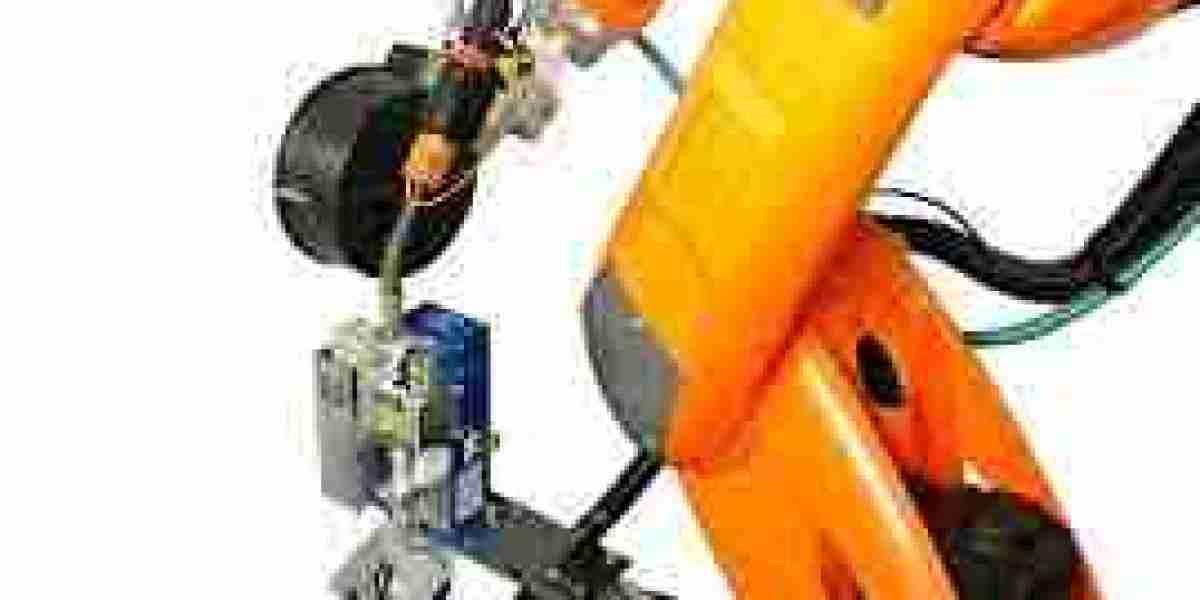Global Automotive Robotics Market Size & Forecast (2025-2033)
According to Renub Research, the Global Automotive Robotics Market is projected to reach US$ 22.49 billion by 2033, rising from US$ 8.88 billion in 2024, growing at a CAGR of 10.87% from 2025 to 2033. The demand surge is driven by rising automotive automation needs, growing disposable incomes, rapid adoption of electric vehicles (EVs), and the integration of robotics with Industry 4.0 trends.
What is Driving Growth in the Automotive Robotics Market?
- Rising Need for Automation in the Automotive Industry
- Increasing vehicle complexity and the need for efficiency have pushed manufacturers to adopt robotic automation.
- Robots reduce human error, enhance quality, and increase throughput across welding, painting, assembly, and materials handling.
- Electric Vehicle (EV) Boom
- EV manufacturing demands specialized robotics for battery assembly and lightweight material handling.
- Government regulations for carbon neutrality have further accelerated EV adoption, directly fueling the need for automation.
- Integration with AI and Industry 4.0
- Robotics infused with AI and machine learning allow smarter decision-making, predictive maintenance, and reduced downtime.
- By 2027, 70% of automakers are expected to implement intelligent robotics.
- Rise of Collaborative Robots (Cobots)
- Cobots are designed to work safely alongside humans.
- By 2025, cobots are estimated to make up over 35% of robotic installations in automotive manufacturing.
Key Challenges Faced by the Automotive Robotics Market
- High Integration Costs
- Even though robot prices are decreasing, integration costs remain high.
- SMEs struggle to afford automation due to inflexible production lines and legacy infrastructure.
- Cybersecurity Threats
- As robotics systems become increasingly connected, they are exposed to cyberattacks and data breaches.
- Companies need to invest in robust cybersecurity, including encryption, system updates, and firewalls.
Market Segmentation Overview
By Components:
- Robotic Arm: Dominates the market due to its versatility in welding, painting, and assembly.
- Controller, End Effector, Sensors, Drive: Support precise robotic functionalities.
By Robot Types:
- Articulated Robots: Hold over 50% market share; ideal for complex tasks.
- SCARA, Cartesian, Cylindrical, Others: Used based on specific application requirements.
By Applications:
- Material Handling: Expected to witness the fastest growth due to demand for efficiency.
- Welding, Painting, Cutting: Traditional strongholds of automotive robotics.
Related Report
- Automotive Lighting Market Size and Share Analysis - Growth Trends and Forecast Report 2025-2033
- Morocco Automotive Robotics Market Size and Share Analysis - Growth Trends and Forecast Report 2025-2033
- Egypt Automotive Robotics Market Size and Share Analysis - Growth Trends and Forecast Report 2025-2033
Regional Insights
United States:
- Dominant in robotic deployments across assembly, welding, and EV production.
- Labor shortages and Industry 4.0 adoption are propelling robotic integration.
- Example: FANUC's CRX collaborative robots introduced in 2022 with 5–30 kg payloads.
United Kingdom:
- Automation is vital to support the country's strong automotive manufacturing base.
- Growth driven by labor productivity improvements and EV investments.
Asia-Pacific:
- Includes China, Japan, South Korea, and India – major contributors to robotics demand.
- China leads in industrial automation due to extensive EV and auto component manufacturing.
Key Questions Answered by This Report
- What is the projected size of the global automotive robotics market by 2033?
- What is the growth rate (CAGR) of the market between 2025 and 2033?
- What are the major components driving the automotive robotics market?
- Which type of robot dominates the market?
- How are electric vehicles influencing robotics adoption?
- What role does Industry 4.0 play in automotive robotics growth?
- What are the biggest challenges—technical and financial—faced by the market?
- How are cobots changing the dynamics of vehicle manufacturing?
- Which countries are leading in automotive robotic installations?
- What innovations and strategic moves are major players like FANUC, ABB, and KUKA making?
Conclusion
The global automotive robotics market is undergoing a rapid transformation, aligning with the automotive industry's evolution toward electrification, smart factories, and sustainable production. Despite challenges such as high integration costs and cybersecurity concerns, the push for productivity, quality, and safety will continue to drive investments. Collaborative robots, AI-integrated systems, and increasing adoption across developing nations will redefine the manufacturing landscape in the coming decade.
Renub Research projects a dynamic future for the automotive robotics sector, highlighting innovation, collaboration, and technology as its key pillars.




